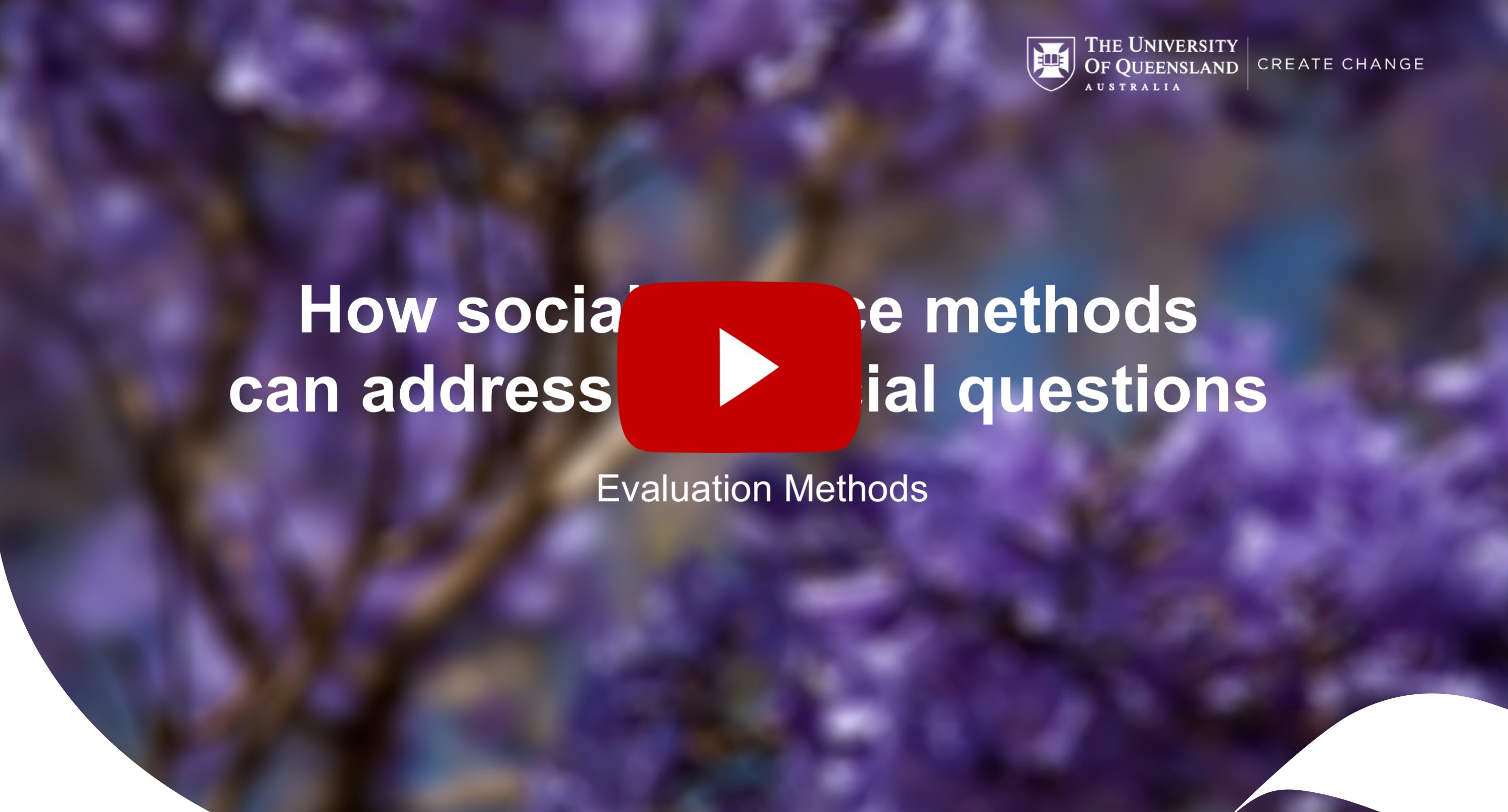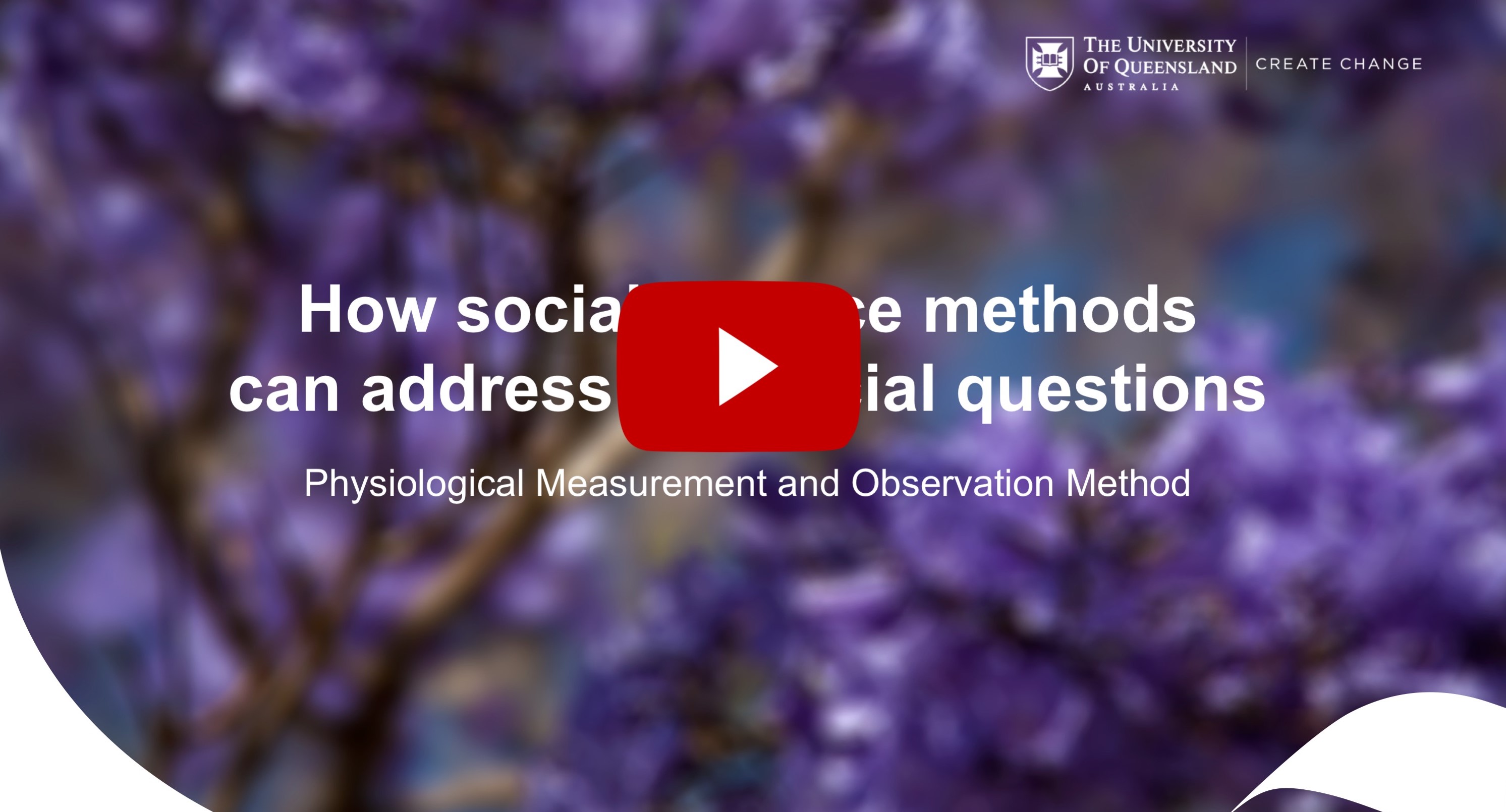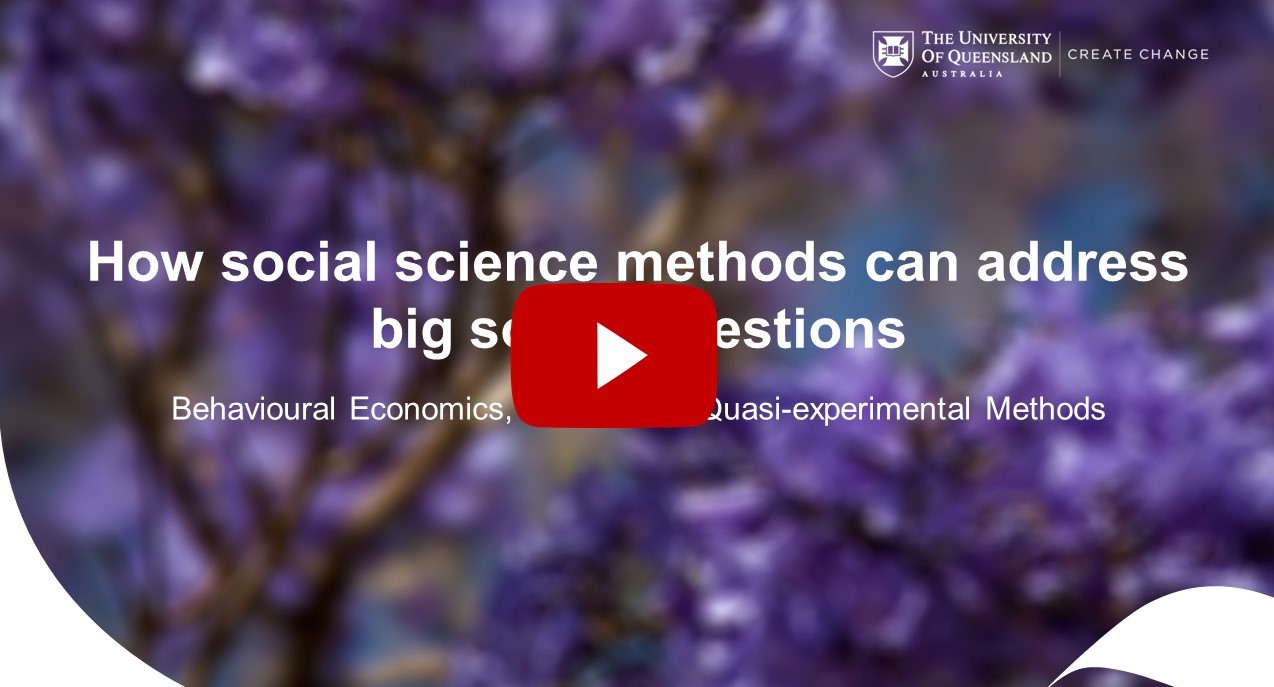Research Methods
ISSR applies developed theories, research designs and research methods to the questions we investigate. We design studies that collect and create new data and information but we also use existing already collected data and information.
In the videos that follow, our researchers will introduce you to some of the research methods we use in ISSR today, and illustrate them with examples drawn from some of our research projects. You will see that the range of approaches being used in ISSR is very broad, and that’s as it should be. We are trying to answer many different kinds of questions, with many different forms of data and evidence, and so we use the most suitable methods available for the questions and evidence we have. Being open to the many ways social scientists do research, and recognising that all approaches have value when they are used rigorously and appropriately is the hallmark of advanced contemporary social science.
1. Ethnographic Approach
Ethnographic research is a qualitative study of people and cultures, which aims to develop understanding through engaging in fieldwork settings. This video describes the ethnographic approach and provides examples that illustrate how the approach is used in practice.
2. Evaluation Methods
Evaluations of social programs are vital to understand what works and what doesn’t, in order to make the best use of available resources. This video describes the various types of evaluations and illustrates these using examples from evaluation research conducted in ISSR.
3. Mixed Methods
Mixed methods uses both quantitative and qualitative data to answer research questions that neither were able to answer on their own. This video describes the different types of mixed methods designs and illustrates these with examples of research undertaken by ISSR researchers.
4. Physiological Measurement and Observation Method
ISSR has a Sleep in Society Team that specialises in the study of people, their environment and behaviour. This video showcases the methods used to collect a variety of physiological data, as well as observational approaches used to study the effects of sleep on people’s actions, feelings, thoughts and behaviour.
5. Predictive Risk Modelling Methods
This video describes how we can use machine learning to predict the likelihood of a person experiencing a specific outcome or event. The video further illustrates this method using child protection data to assist case workers in their decision making.
6. Survey Methods
Survey methods underpin the work we conduct at the Institute for Social Science Research. This video describes the ways in which survey data is collected and analysed, and how data collected over a long period of time can be used to answer important social and policy-relevant questions.
7. Behavioural Economics, Experimental and Quasi-experimental Methods
This video explains the different types of methods used in behavioural economics, experimental and quasi-experimental (or natural experimental) designs. All these designs use control groups, either in a Randomised Controlled Trial (RCT) or using matching techniques such as propensity score matching using population level data.







